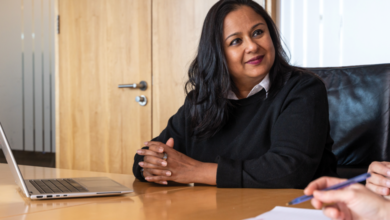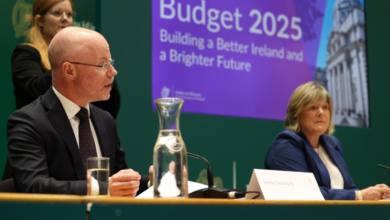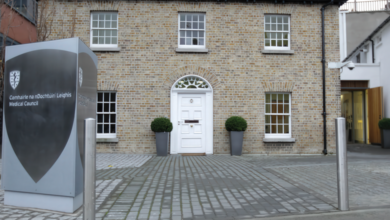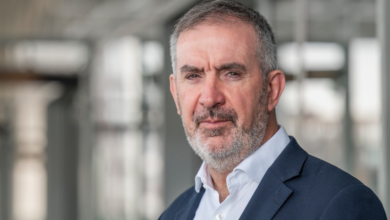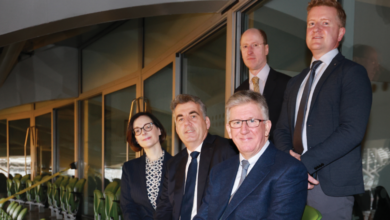Financing the health service
An overview of how the Health Service Executive plans to spend its budget in 2016.
Although the Health Service Executive’s (HSE) priorities may change shortly after a Government is formed, the publication of its 2016 National Service Plan last December provides an insight into its Director General, Tony O’Brien’s priorities for the service.
In this version of the plan, the total funding available to the HSE is almost €1.3 billion. This is an increase of almost 7 per cent (€817 million) on the budget available in 2015. Despite this increase, just €97 million of the additional funding will be used to fund new services. The plan also acknowledges that acute hospital spending is set to face a €100 million shortfall this year.
Balance
Speaking following the publication of the plan, the HSE’s Director General Tony O’Brien welcomed the additional funding but noted that 2016 will present significant financial management challenges for the health service.
“It is our preference to manage those financial challenges rather than seeking to reduce services which is not in the interests of those that rely on our services and is also very damaging for staff morale,” O’Brien said.
“2016 will be about striking a balance between the financial challenges we face while providing an increased focus on quality, safety, access and reform. These are the key themes to guide how we deliver health services.”
With widely publicised difficulties surrounding patient waiting times leading the HSE to admit that the number of people waiting for both outpatient and inpatient treatment is “unacceptably and unsustainably high” there is a determination to reduce waiting times and waiting lists in 2016.
The plan states that the volume of service activity will be provided in line with the level of funding available. To meet the growing demand of providing for older people, the HSE will need a further €20 million just to maintain 2015 outturn levels.
Reform
With the ambition to deliver the best health service possible within the funding available, a programme of reform is a necessity. Improvements need to be made at a reasonable pace while the delivery of day-to-day services must remain unaffected.
There is a need to invest in infrastructure that guides and supports the delivery of services and a need for short-term investment in change management and programme management capacity to ensure that the pace and changes required are sustainable. As one of the most significant areas of reform across the entire health service, the development of integrated care will involve people at every level of the health service working together to create improved experiences and outcomes for the people in care.
Similarly, National Clinical Programmes have been designed to modernise and improve the way in which specific areas of health and social care services are provided and delivered by designing and guiding the implementation of standardised models of care, clinical guidelines, care pathways and associated strategies. Integrated Care Programmes will enable and deliver care within and across areas through five Integrated Care Programmes – older people, patient flow, children, maternity care and the prevention and management of chronic disease.
With these priorities clearly outlined it is now up to the new Government to decide how to make these targets a reality.

